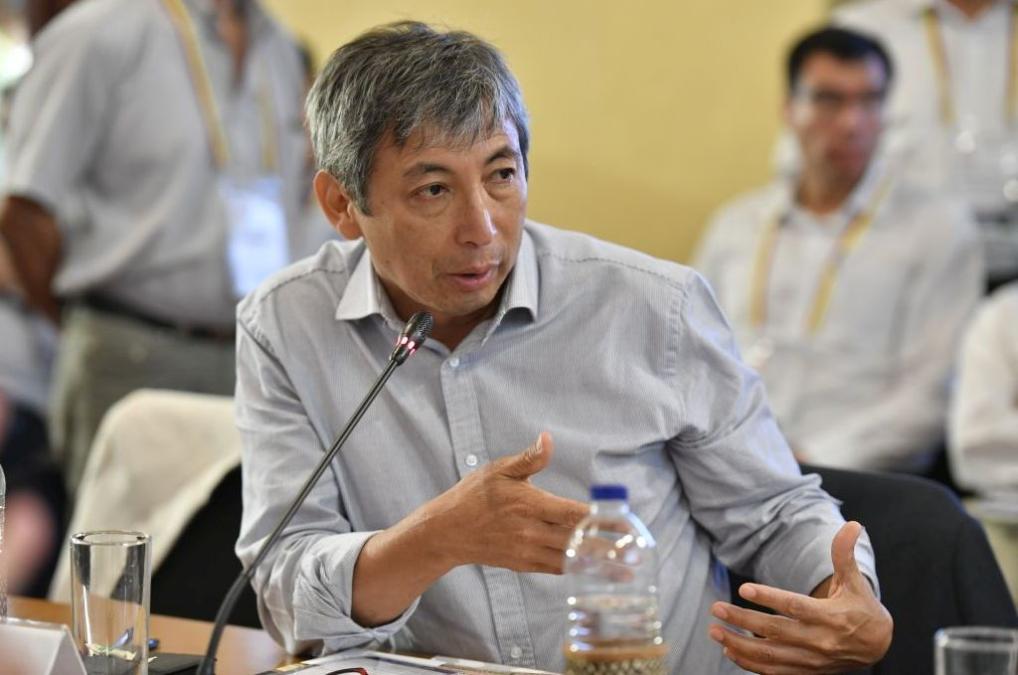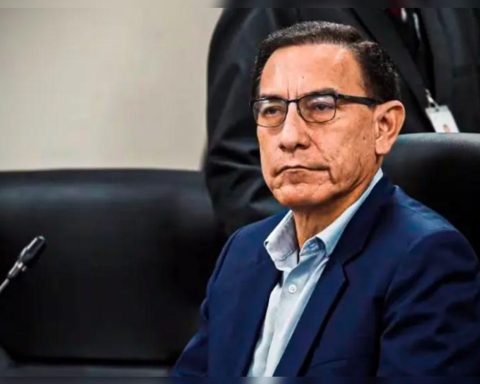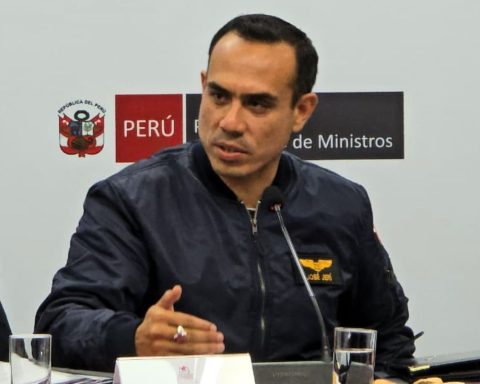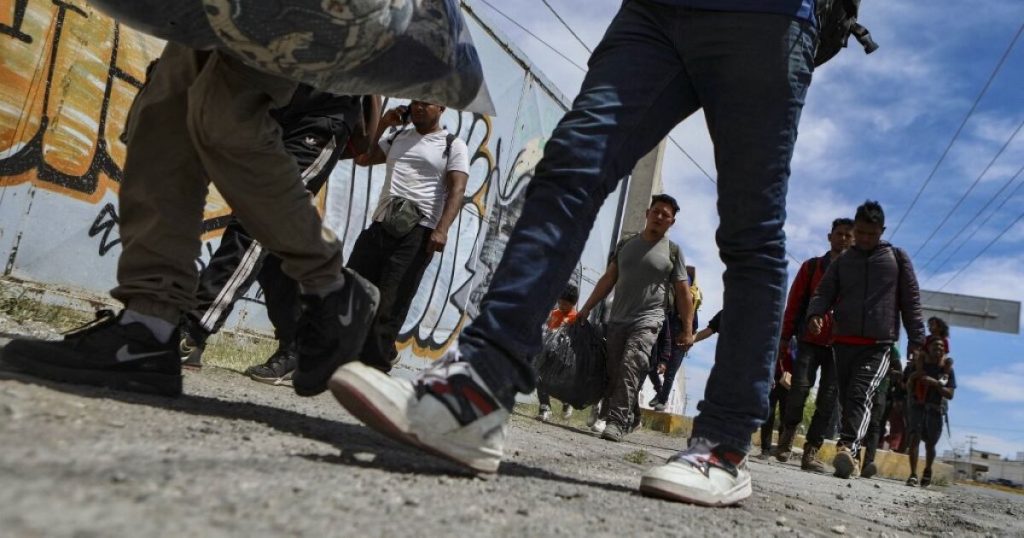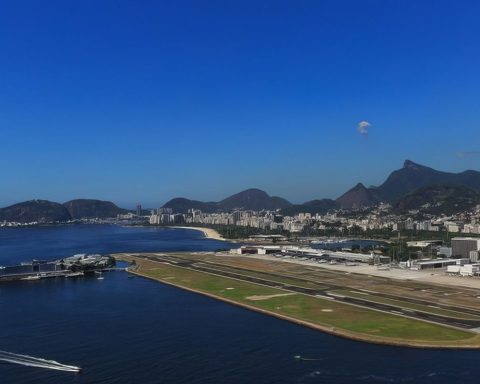BY TAXPAYERS ASSOCIATION
In recent statements, the Minister of Economy, Jose Aristastated that the president Dina Boluarte“is the enemy of putting controls, controls on the interest rate, regulations on the repatriation of capital. “She prefers the free market because it is the only way to guarantee confidence in investors from the rest of the world so that they come to invest in Peru.”
Look: Three projects in Congress point to new access to the CTS
What the minister did not say is that, through the Directorate of Public Revenue Policy – directed by Mr. Marco Camacho, and Sunat (Arista’s former home as well) – the only thing he has done in the last two years has been has been squeezing the formal ones, regardless of their size, large taxpayers, medium, small, he wants to squeeze them all.
Increases in taxes and greater bureaucratic burdens such as the Netflix tax, the new compliance profiles, the restriction of fiscal use, the inflexibility to give certain deadlines to certain sectors that will now pay a new selective consumption tax, among several other elements, destroy the companies that should be the engine of this growth and only seek to cover the backs of a State full of payrolls, current spending, bankrupt state companies and unsuitable politicians surviving in mercantilist complicity with some benches of the Congress of the Republic.
What he also didn’t say is that his wildly optimistic numbers are actually the result of private activity. According to Camila Costa, director of the Taxpayers Association, “if we zoom in on Peruvian growth we see that the drivers of Peru’s tepid growth in 2024 are mining, agricultural and manufacturing activity and not actions to ‘incentivize’ private investment by of the MEF”.
Arista also praised the stability of the exchange rate and low inflation as points of reference for the Peruvian economy. What he did not say is that this stability occurs thanks to the autonomous action of the Central Reserve Bank of Peru (BCRP) through inflation control, exchange rate stability, the accumulation of international reserves and the management of the reference rate. .
What’s more, Arista has allowed the State to continue spending more of the income it has, increasingly affecting the fiscal deficit, which leads it to look for ways to increase its income through greater tax collection that puts pressure on formal companies. What has the State spent on during 2024?
The increase in non-financial expenses as a percentage of GDP in 2024 is mainly explained by three factors: (i) the capital contribution from the Public Treasury to Petroperú approved by the MEF; (ii) greater investments in public infrastructure at the national, regional and local levels; and (iii) the increase in public sector salaries, especially in education and health.
If Peru truly aspires to growth rates above 5%, it is imperative that the MEF review its fiscal policies. But it won’t. This is a decorative and surviving MEF. Macroeconomic stability is just one of the pillars of development; the other, just as crucial, is a dynamic business environment free of unnecessary burdens. Our officials continue to make formality an unsolvable problem, thus fueling informality and illegality, instability and mediocrity in our country.
Take advantage of the NEW EXPERIENCE, receive our enriched digital newspaper by mail and WhatsApp. Peru21 ePaper.
Now available in Yape! Find us at YAPE Promos.
RECOMMENDED VIDEO
